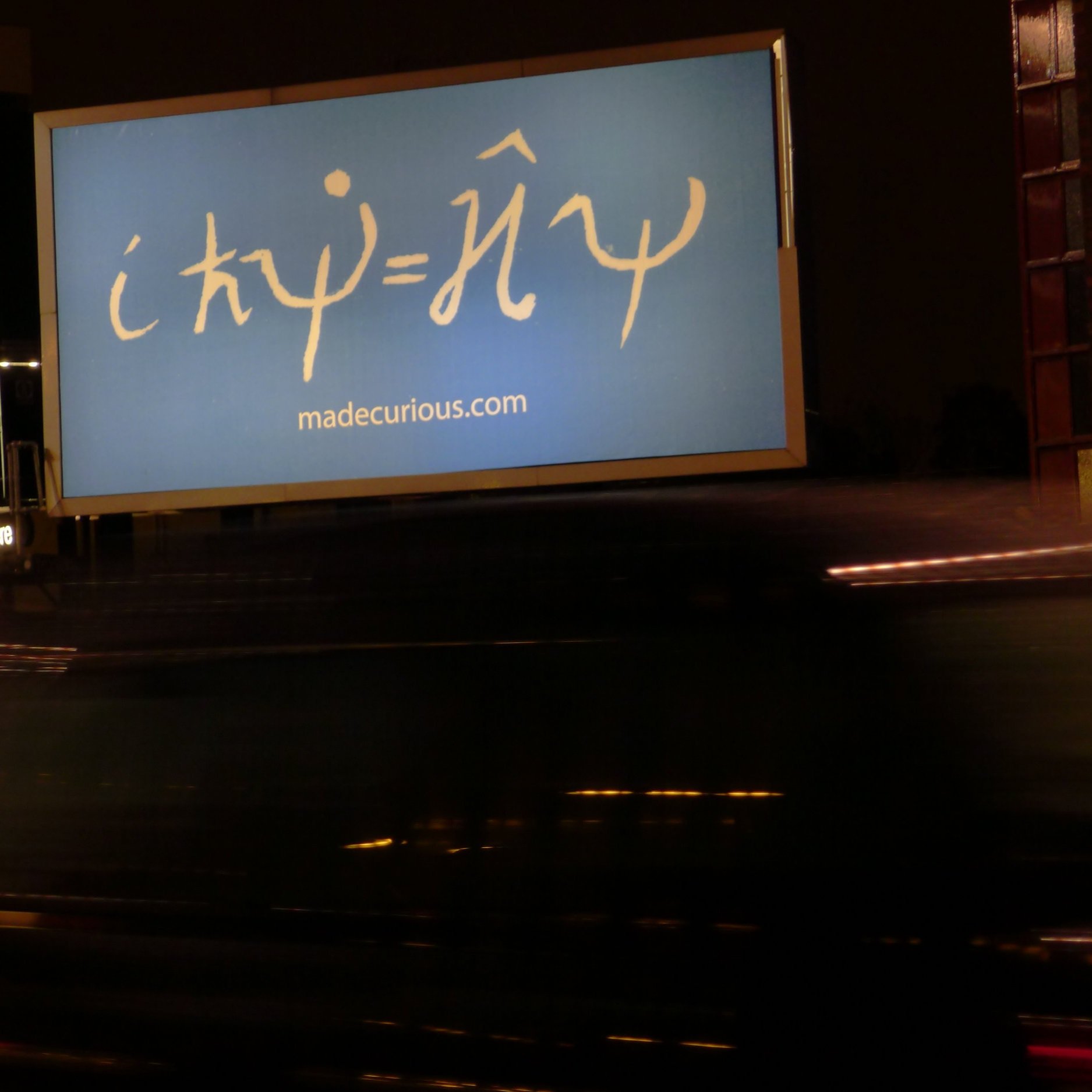sun|earth
Three videos that explore the relationship between our Sun and Earth. Each begins with a short explanation from a physicist from Imperial, Cambridge and Warwick Universities, followed by a dance class with a dance artist from ‘The Place’.
For families and schools.
Funded by the Arts Council England, John Lyon’s Charity, The Imperial College London ‘Centre for Cold Matter’ and EPSRC.
our world our collective future
A seedling project with Rochdale Science Initiative, Neeli Mosque and specialists from UK universities, bringing together science, art, faith and community.
To help build the wave of awareness needed to fight climate change.
Funded by The UK Science Festivals Network and UKRI. 2023
Electricity: Sparking our Imaginations through Dance
A short participatory video about the tiny charges that make up the material world and which are the source of electricity. Experiment, explanation, and exploration via dance with a dance artist from ‘The Place’. For families, schools and all students of nature.
Funded by A New Direction and Arts Council England .
magnets
A magical workshop exploring hidden magnetic field lines, our dynamic magnetic Sun and its relationship with our Earth. We take inspiration from artist Hilma af Klint to create unique artworks expressing what we have discovered.
Funded by the Imperial College London ‘Centre for Cold Matter’ and EPSRC and and supported by the 'SunSpaceArt' project led by Dr Helen Mason, solar scientist at Cambridge University, with funding from STFC.
draw the sun
A workshop about the Sun that brings our nearest star to life by drawing. Created with Dr Stephanie Yardley of Mullard Space Science Laboratory, UCL; This was supported by the 'SunSpaceArt' project led by Dr Helen Mason, solar scientist at Cambridge University, with funding from STFC. Further development was supported and inspired by The Exhibition Road Festival and the Science Museum London. Available online or in real life.
2020 - Ongoing.
elemental dances
Six videos that explore the world of atoms and molecules. Each begins with a short explanation from an atomic physicist followed by a dance class with a dance artist from ‘The Place’. For families, schools and all students of nature.
Funded by the American Institute of Physics, Arts Council England and the Imperial College London ‘Centre for Cold Matter’ and EPSRC.
Recipient of Imperial College’s Faculty of Natural Sciences Prize for Excellence in Outreach, Public and Community Engagement in the Group category.
ATOMSONG
Every atom has its own unique set of notes. When we look out into space and analyse the light we see, these atomic spectra tell us that the visible Universe is made of the same stuff as us. Atomsong turns these notes of light into sound, so you can hear and play them. Click any key to prime. Use the back and forward arrows to explore atoms. Play with the keyboard like a piano, or the mouse like a harp.
An online prototype project developed in our spare time in 2020 by Alexander Chen, Prof Mike Tarbutt, Geraldine Cox and inspired by conversations with Dr Bruno Bower.
world of atoms
A unique programme of workshops to introduce 8 to 10 year old children, their carers and teachers to the beauty of atoms and their intricate interactions with light - brought to life with discussion, art, experiment, poetry and dance. Available online or in real life.
Created with QSUM researchers at Imperial, Oxford and Durham Universities.
Funded by EPSRC.
2018 - Ongoing.
sunspaceart
A project to ignite curiosity and develop creativity in school children. Lead by Dr Helen Mason of Cambridge University with artist and scientist colleagues. Funded by STFC.
Arthur C.Clarke Award Winner 2020, Space Achievement – Education and Outreach Team. With Dr Helen Mason and the SunSpaceArt Team. “Their 4-year project and STEAM website, launched in lock-down, have reached 20,000 children, encouraging them to engage in and explore space science.”
Image - Blanche Nevile School for Deaf Children.
2012 - Ongoing
the ginkgo meeting
Celebrating what happens when a host of different minds come together to focus on a single thing - the Ginkgo Biloba tree. Conference Notes
Curated with Professor Henrik Jeldtoft Jensen & the Complexity Science Hub. Funded by the Complexity Science Hub.
Image: Dr Harald Gründl from the Institute of Design Research Vienna.
Vienna, September 2018
















